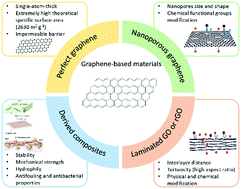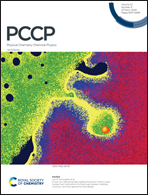Theory and simulation developments of confined mass transport through graphene-based separation membranes
Abstract
Graphene-based membranes exhibit enormous potential in water desalination and purification because of their ultrathin structure, superhigh water flux, tunable physicochemical properties and precise ionic and molecular sieving performance. However, the transport behavior and mechanism of water, ions and other molecules across nanopores and nanocapillaries in the separation process, especially the confined mass transport, remain unclear, imposing severe limitation on many applications. Therefore, extensive experimental studies and theoretical calculation simulations have been carried out to investigate their unique structure and separation properties, particularly to explore the associated confined mass transport mechanism. Herein, an overview of the theory and simulation developments of graphene-based separation membranes based on confined mass transport is provided, attempting to open up an avenue for designing graphene-based materials as a new generation of separation membranes in the water purification field. This perspective focuses on five topics: (1) membrane transport models and simulation methods; (2) comparison between membrane simulations and experiments; (3) confined mass transport studies of graphene-based membranes with the assistance of molecular dynamics (MD) simulations; (4) fabrication of multifunctional composite membranes; and (5) future research trends in graphene-based membranes.

- This article is part of the themed collection: PCCP Perspectives


 Please wait while we load your content...
Please wait while we load your content...